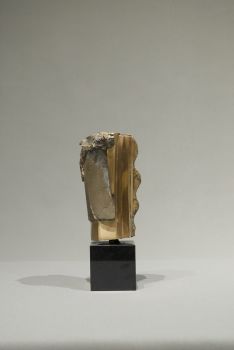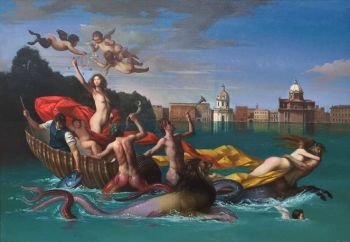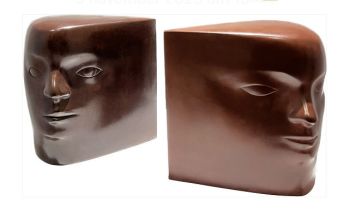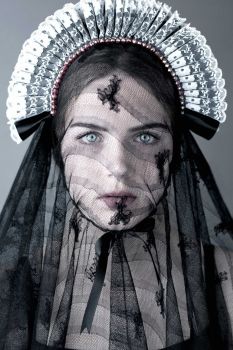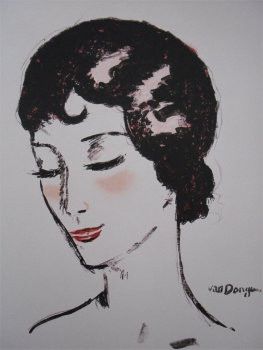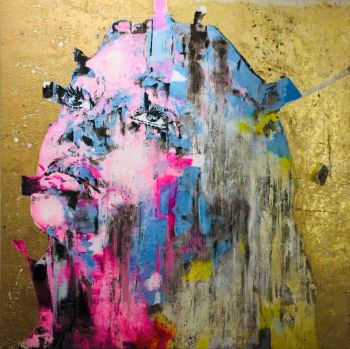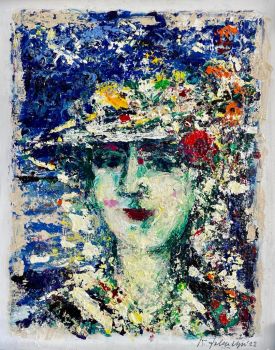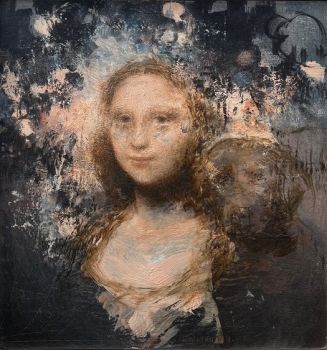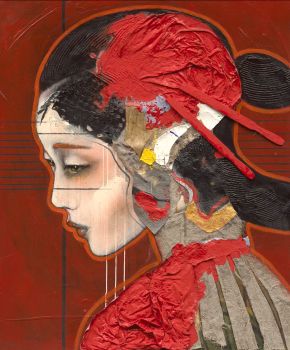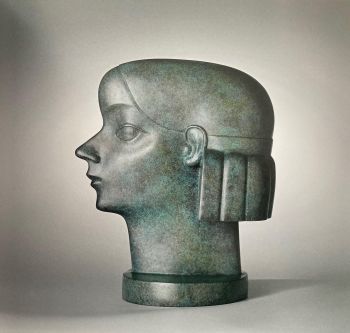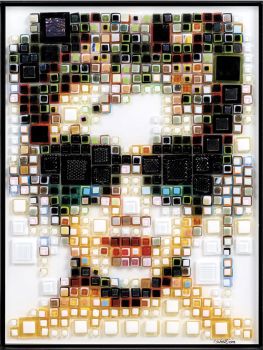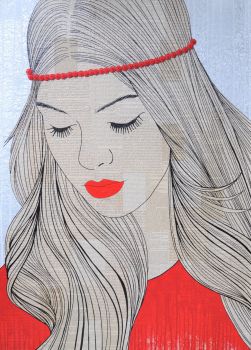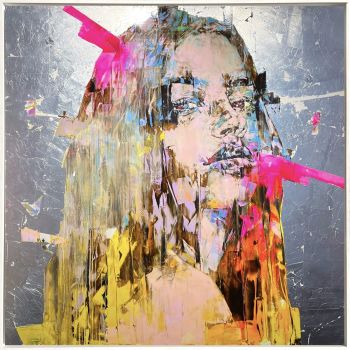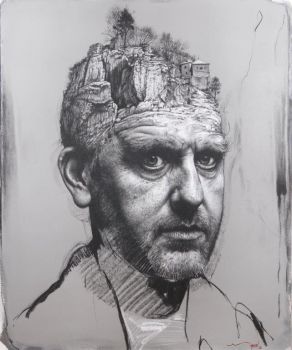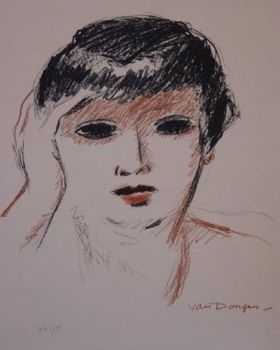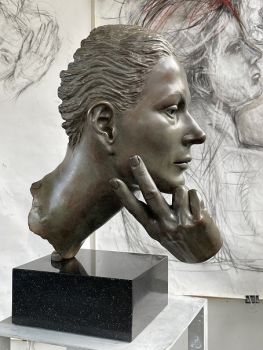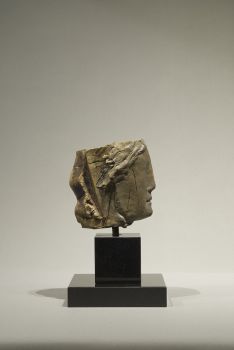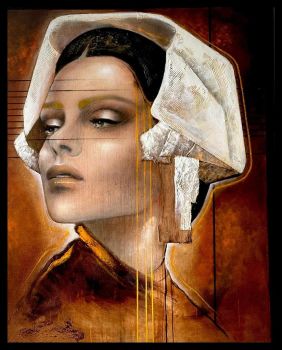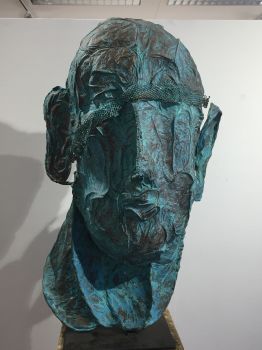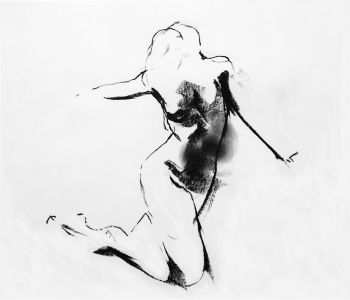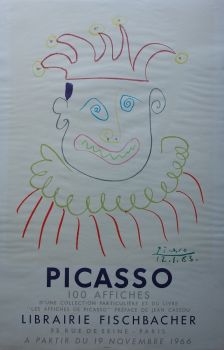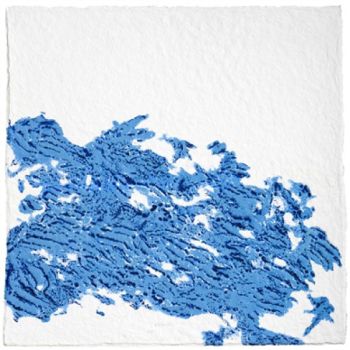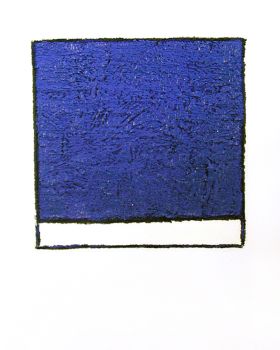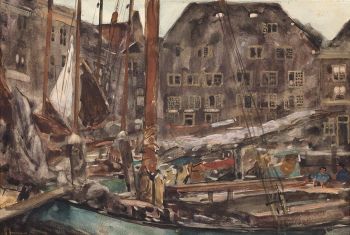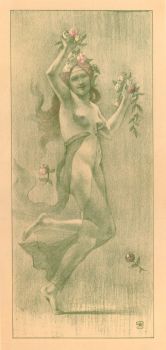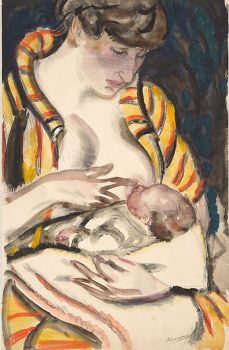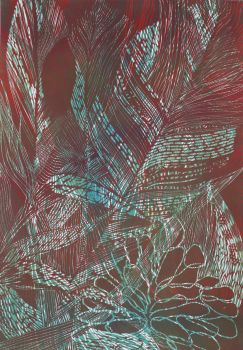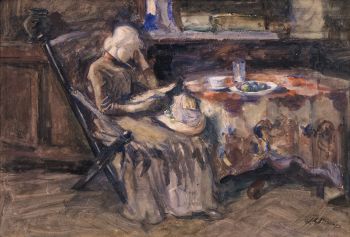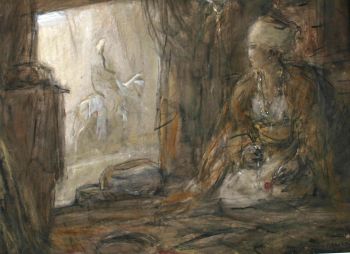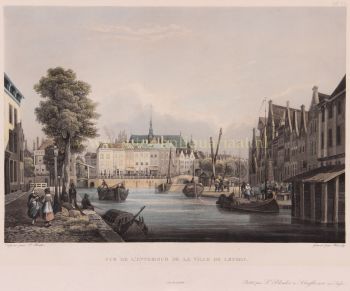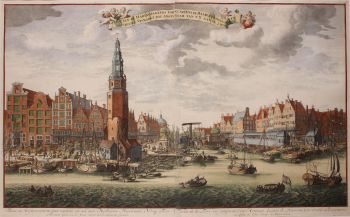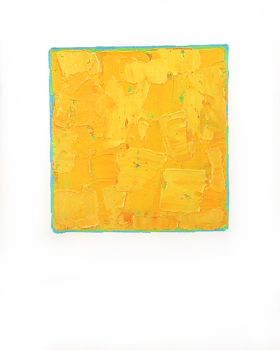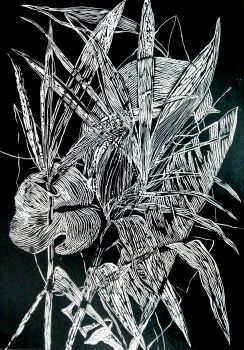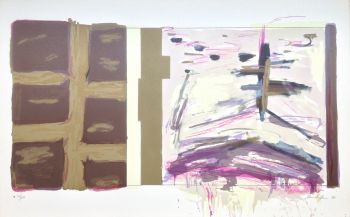What do drawings, sketches and self-portraits say about the artist?
Drawings, sketches and self-portraits have played an important role in art history. These forms of artistic expression offer unique insights into the creative process and inner workings of an artist's mind. This allows us to view and appreciate artists and the works of art in a different way.
Drawings and sketches as an important insight into the creative process
Drawings, sketches and self-portraits are often undervalued in the art world, but they can offer unique insights into an artist's creative process and the development of his ideas.
 Sketch of the most famous elephant in the Golden Age 'Hansken', made by Rembrandt, ca. 1637
Sketch of the most famous elephant in the Golden Age 'Hansken', made by Rembrandt, ca. 1637
Drawings and sketches are often thought of as preparatory works, something an artist creates before moving on to a final piece. These works can be spontaneous and raw, capturing a moment of inspiration, or they can be carefully planned and detailed.
They show us an artist's thought process, the way they experiment with different compositions and techniques, and how they refine their ideas over time.
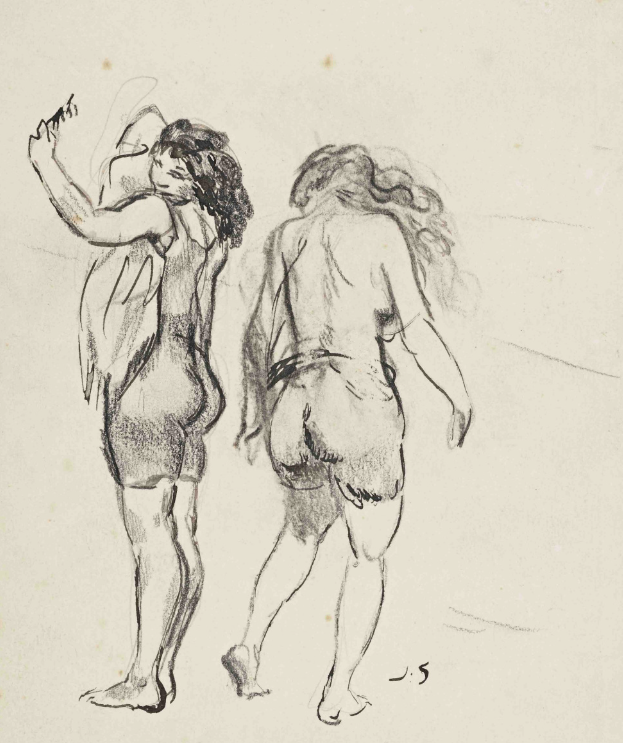 A sketch of Jan Sluijters' Two bathers on the beach 1900-1940
A sketch of Jan Sluijters' Two bathers on the beach 1900-1940
Drawings and sketches are often the first step in the creation of a work of art. They allow artists to experiment with different compositions, techniques and styles, and to refine their ideas before committing to a final piece.
Many famous artists throughout history, such as Leonardo da Vinci and Michelangelo, were known for their exceptional drawing skills. Their drawings offer a glimpse into their creative process, showing how they fleshed out ideas and refined their techniques over time.
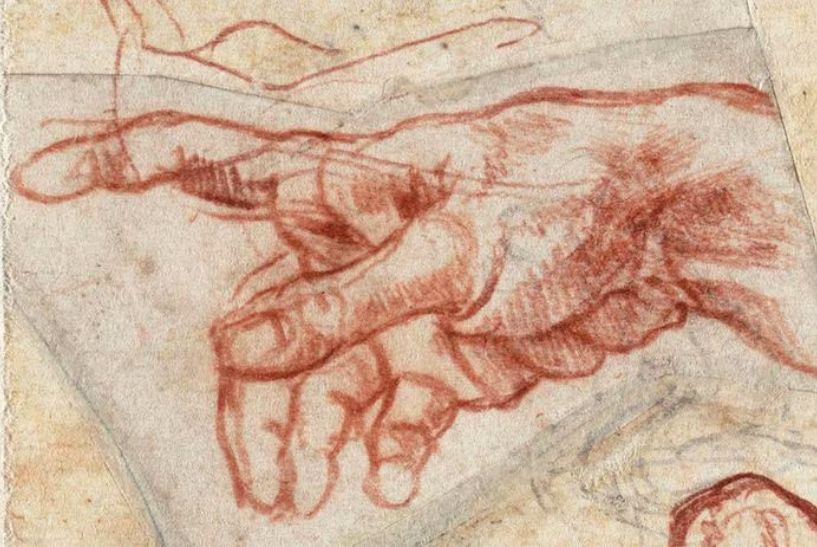 Sketch by Michelangelo Buonarroti, The Hand of God (detail), c. 1511. (1475–1564)
Sketch by Michelangelo Buonarroti, The Hand of God (detail), c. 1511. (1475–1564)
The importance of self-portraits in art
Self-portraits in art also give us a different perspective on the artist and his works. These works can vary from realistic representations to more abstract or symbolic representations.
Self-portraits have actually been a popular subject in art for centuries. They offer artists the chance to explore their own identities and capture their own likeness in a way that is unique to them. Self-portraits also help provide unique insights into an artist's identity and emotions.
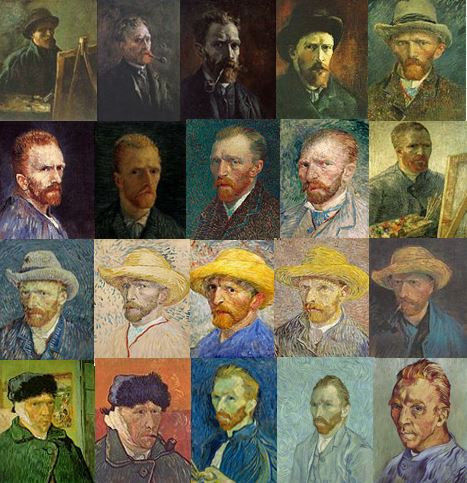 A collage of twenty self-portraits by Vincent van Gogh
A collage of twenty self-portraits by Vincent van Gogh
Vincent van Gogh is one of the most famous self-portrait artists. Van Gogh made more than 40 self-portraits during his lifetime, each offering a different perspective on his inner thoughts and emotions. His self-portraits are known for their expressive brushwork and intense use of colour.
Many artists have used self-portraits as political and social commentary. For example, Frida Kahlo created a series of self-portraits that depicted her physical pain and emotional turmoil, as well as her political beliefs and Mexican heritage.
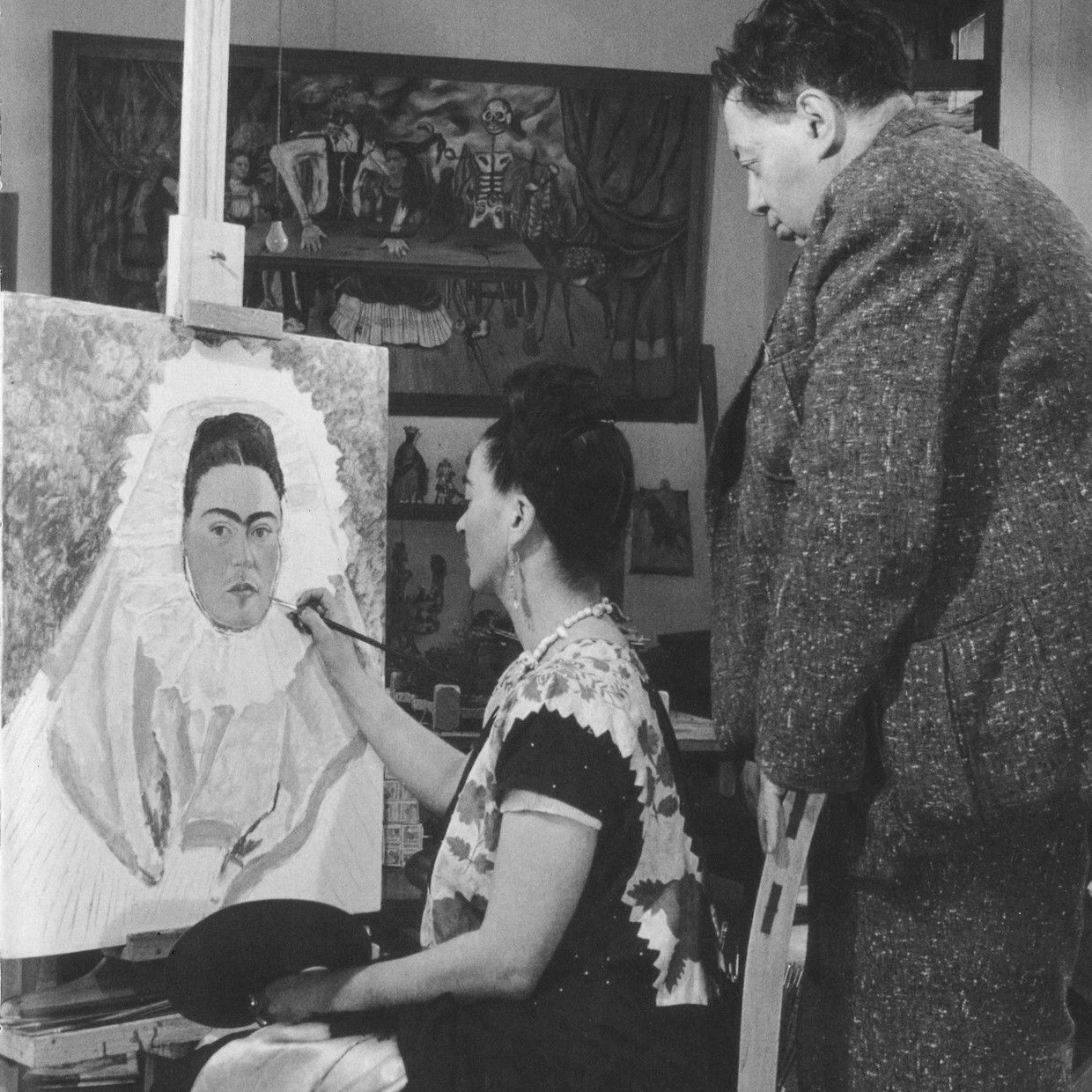 Frida Kahlo works on a self-portrait while her great love Diego Rivera looks on
Frida Kahlo works on a self-portrait while her great love Diego Rivera looks on
But self-portraits can also be used by the artist as a grateful finger exercise because the artist as a model is always and free present in the mirror. But also as vanity will undoubtedly have played a role for the artist to record himself for eternity.
A good example of this is Rembrandt, who portrayed himself several times during his life, even in his most important painting the Night Watch he portrayed himself 'unobtrusively' as one of the characters.
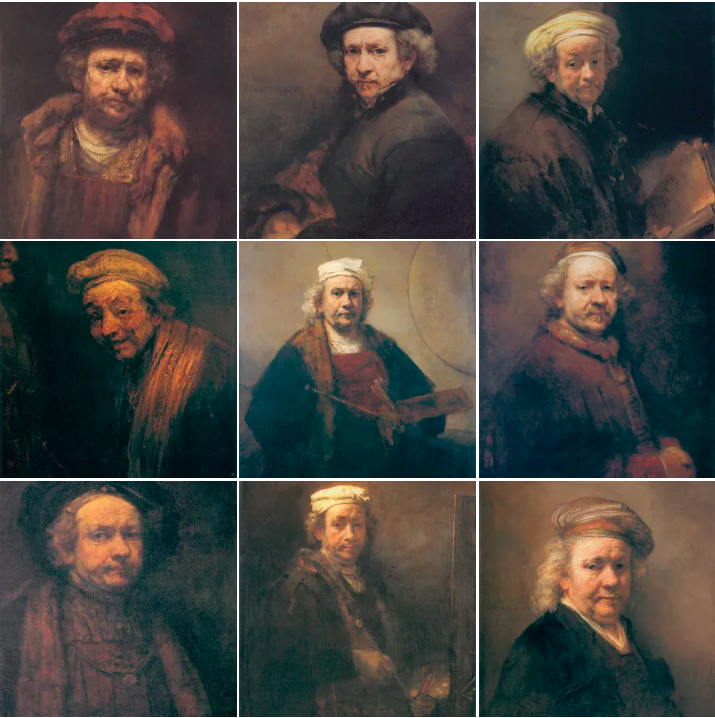 9 self-portraits by Rembrandt, in total he made more than 80!
9 self-portraits by Rembrandt, in total he made more than 80!
Summarizing
In short, drawings, sketches and self-portraits are often undervalued in the art world, but they can provide unique insights into an artist's creative process and the development of their ideas.
These works can be incredibly valuable both from an artistic and historical perspective, allowing us to appreciate the beauty and intricacy of an artist's work and understand their place in the wider history of art.
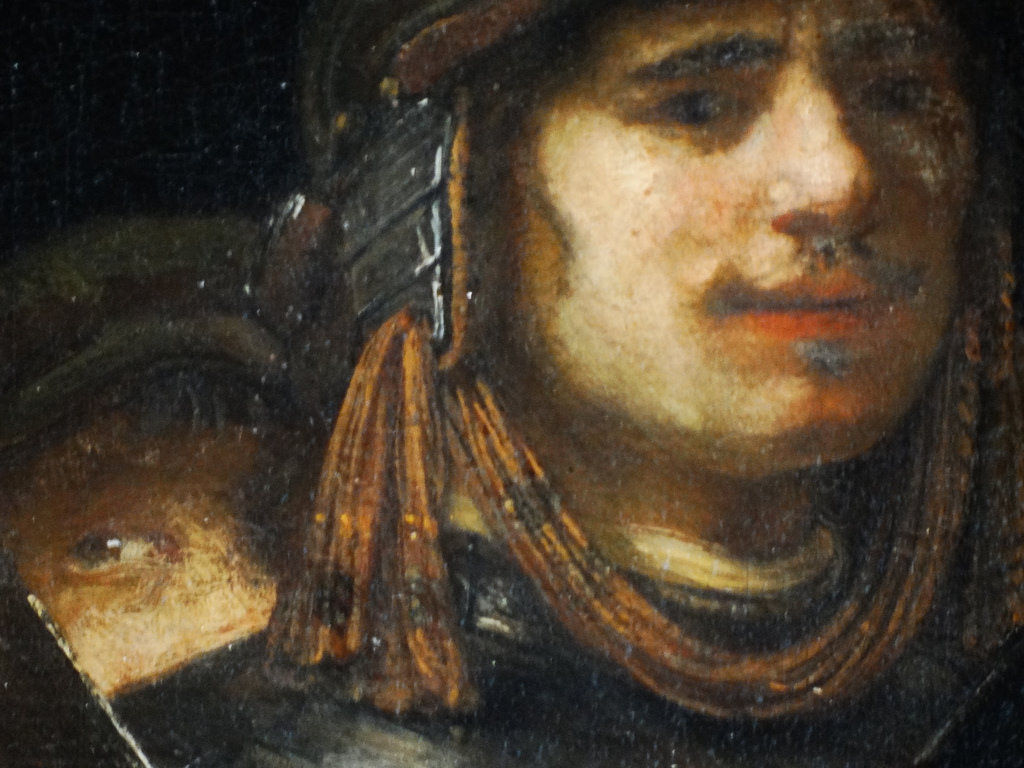 Detail of the Night Watch in which Rembrandt depicted himself
Detail of the Night Watch in which Rembrandt depicted himself
In addition to their artistic value, drawings, sketches and self-portraits can also be extremely valuable from a historical perspective. These works can give us a glimpse into the past, showing us how artists from different eras worked and how their ideas and techniques evolved over time.
In conclusion, drawings, sketches and self-portraits have played an important role in art history. These forms of artistic expression offer unique insights into the creative process and inner workings of an artist's mind. They allow us to see the world through an artist's eyes and appreciate the beauty and intricacy of their work.
Where can you buy the best drawings, sketches and self-portraits?
Looking for self-portraits, sketches or drawings? Here at Gallerease, we offer only the best curated art from well-known and renowned galleries.
*Image in the header, Leonardo da Vinci, self-portrait and the drawing “Vitruvian Man”




